Sowing the seeds of forest culture Action research: connecting people with forests
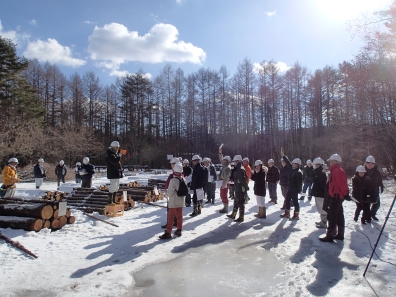
Forest Policy Studies @ Yamanashi Prefecture
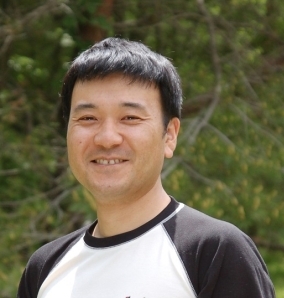

Haruo Saito / From Iwate
Assistant Professor at the Fuji Iyashinomori Woodland Study Center, The University of Tokyo Forests, Graduate School of Agricultural and Life Sciences
Co-author of Commons to Chiho-jichi (The Commons and Local Governments) (J-FIC, 2011) (2,380 yen + tax)
At a research facility located near Mt. Fuji, there is a professor concerned about the fading connection between Japanese people and forests. People can live without setting foot in a forest, but doing so can bring them much joy and happiness. Professor Saito is working to rebuild the links between people and forests with a focus on the healing power of forests. Try to imagine sansai (edible wild plants) and mushrooms as you read this article.
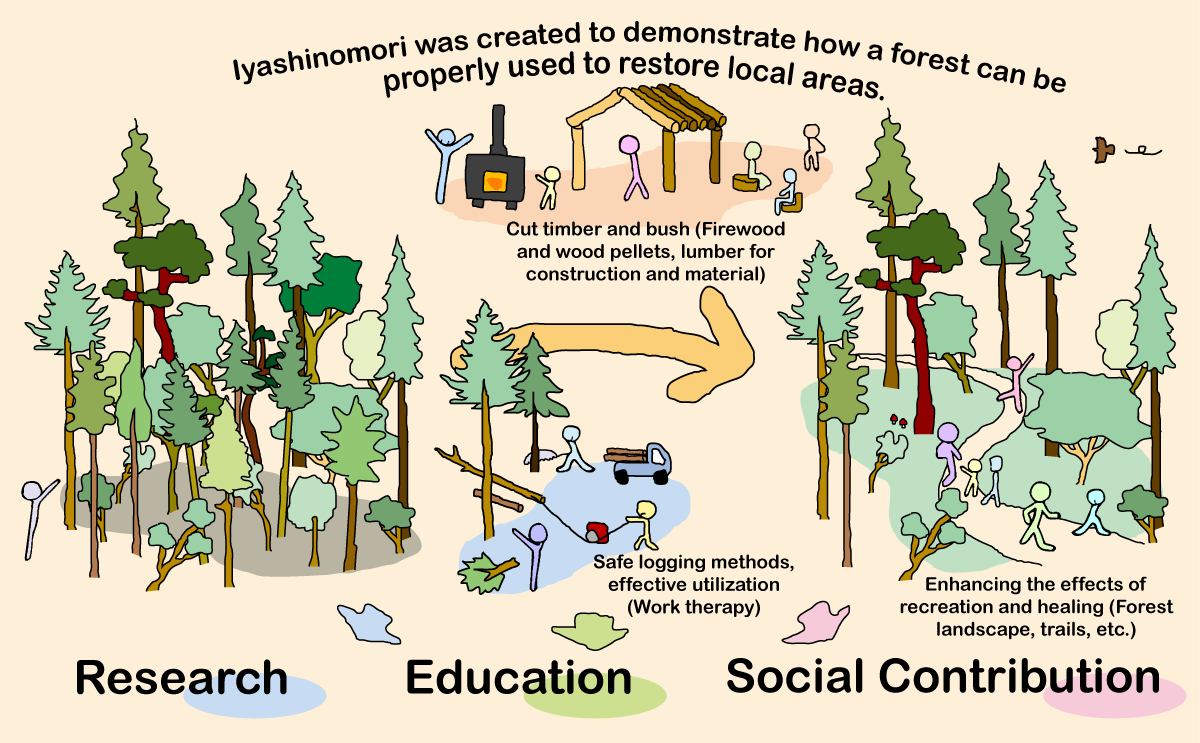
Diagram of the project at FIWSC. Local people enjoy the healing benefits whilst engaging in the maintenance of the forest and using its materials. The aim is to create a system that brings to life a healing forest environment.
Two-thirds of Japan’s land area is covered by forests. This is such a high proportion from a global perspective that Japan could even be called a country of forests. But is that really a fair characterization? Do the wooden materials you see around you come from Japanese forests? In fact, Japan’s wooden material self-sufficiency rate is as low as 30%. Have you visited a forest recently? There is data showing that nearly 30% of Japanese people seldom visit forests, not even once a year.
As a researcher, I am interested in the relationship between people and forests, and thus worried that this bond is fading away. What problems does this diminishing bond pose? If the relationship is weakening, people’s interest in forests will naturally decline. This lack of interest is a sign of two issues. Firstly, potential resources cannot be fully utilized for society, and second, risks posed by forests will not be fully monitored.
I have long been conducting research into the picking of sansai and mushrooms, which all started with the following questions: why is this common in particular regions, and why do some enjoy it as a leisure activity? My research has revealed that the main connection between forests and people today comes from the enjoyment in the process of picking, eating and sharing mountain foods, rather than requiring the forest as a means to live.
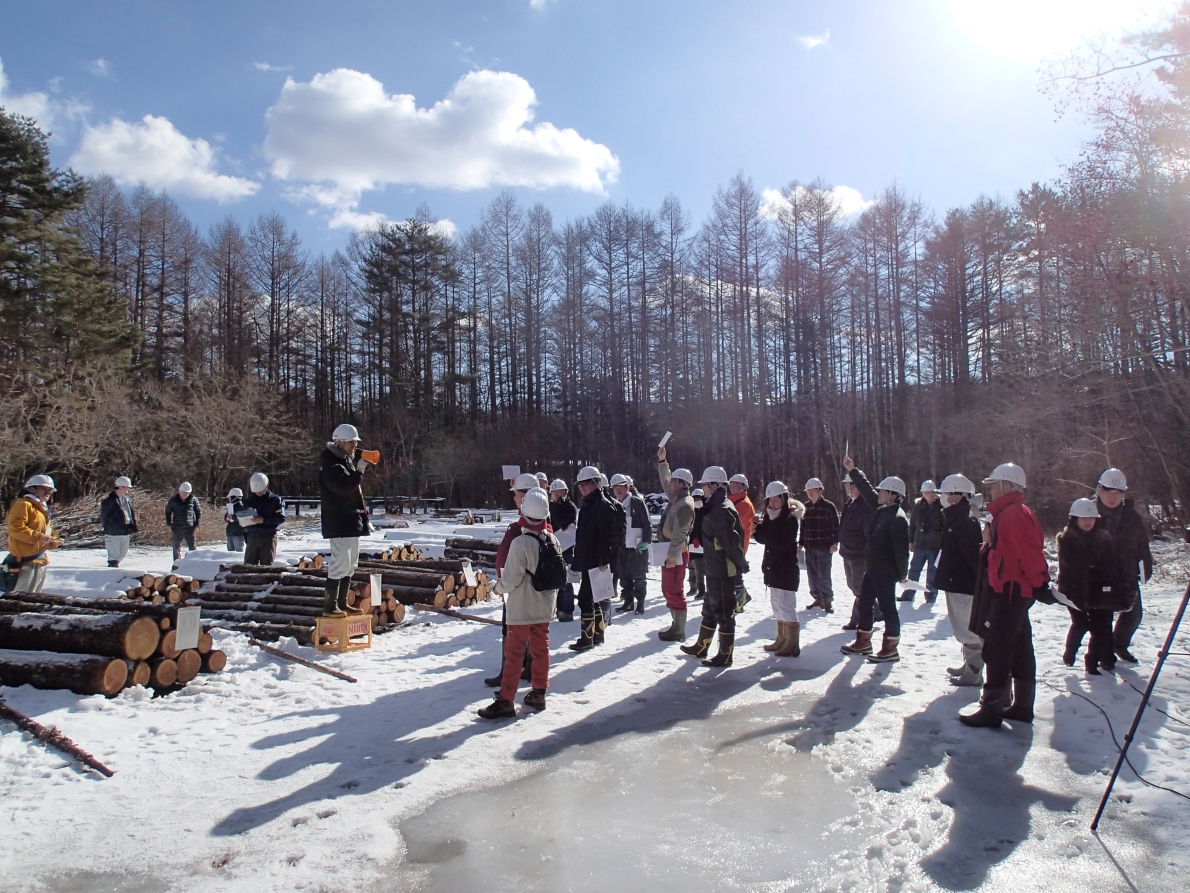
Social experiment involving the sale of firewood. Timber from forest thinning during the maintenance of the experiment zone is auctioned to local users of wood-burning stoves, and the scale of demand is investigated.
Based on these findings, I am exploring how the connection can be revitalized. I work at the Fuji Iyashinomori Woodland Study Center (FIWSC), which is located in Yamanakako Village in Yamanashi Prefecture. The village is right by Lake Yamanaka and Mt. Fuji, and has been developed as an area for holiday homes and sightseeing because of its location. But here, too, as with the rest of Japan, people are losing touch with the forest. Although forests can be an integral part of a resort experience, they are barely used for such means. Meanwhile, risks posed by forests, such as incidents involving falling branches and wild animals, are hardly acknowledged despite being on the increase.
At FIWSC, we have been working on a research project since 2011 in pursuit of reconnecting people with their local forests, with a particular focus on healing. For instance, some engage in forest work as a hobby, and we can arrange for wood produced in the course of such work to be used as firewood to create a relaxing atmosphere in winter. The end goal is to cultivate and maintain a safe and comfortable forest environment in the local areas (as shown in the figure above). The purpose of this project is not only to produce research results, but also to gain an understanding of local situations and how they change. We do so by holding open lectures and workshops in order to share local values and build local networks. This form of research, which involves engagement with broader society, is called “action research.”
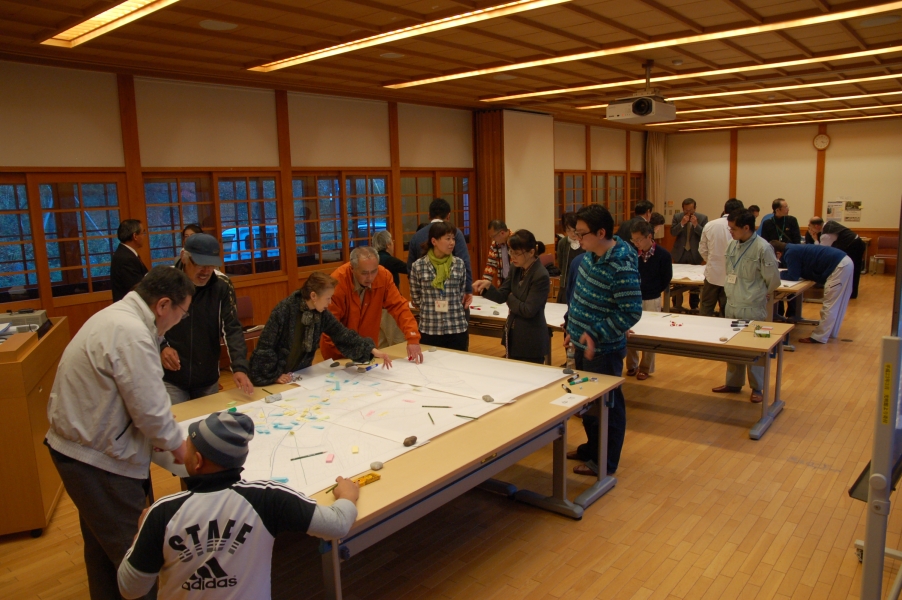
Workshop with local residents to examine potential footpath routes. Footpaths are small lanes for walking in order to enjoy local nature, history and culture. We are hoping that footpaths become a part of forest culture.
The action research conducted at FIWSC endeavors to foster a forest culture in the local areas. Generally, it takes many years for research on forests to produce results. The University of Tokyo’s forests serve as long-term research bases, but I think research into communities linked to forests could also be conducted as a part of forest studies. Although we have only just sown the seeds for this kind of research, I hope that, through a process of trial and error, we will be able to develop the research so that it is valuable enough to be passed down to future generations.
Note: This article was originally printed in Tansei 35 (Japanese language only). All information in this article is as of September 2017.






